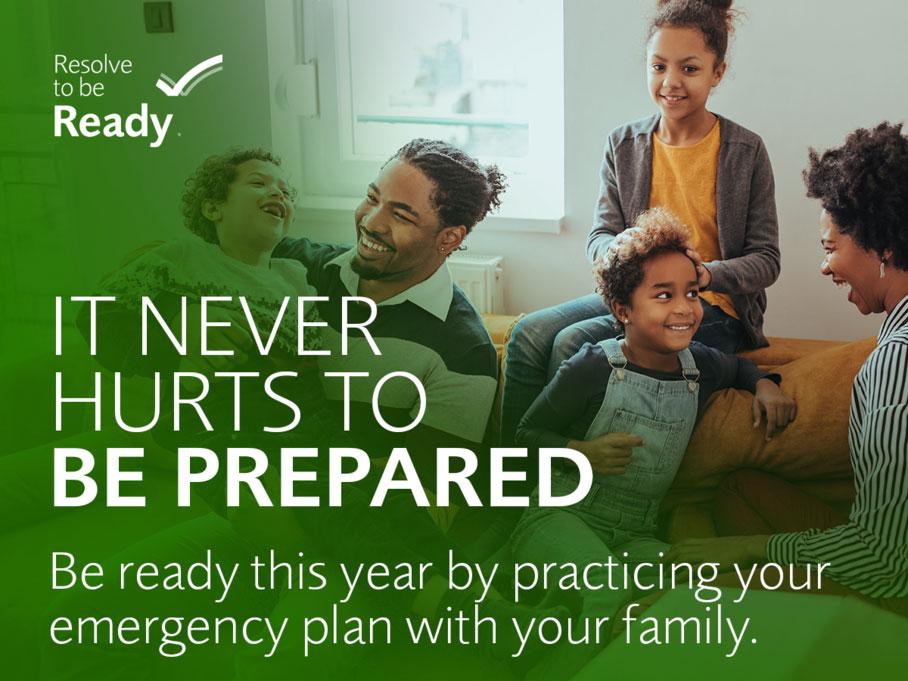In the past year, the U.S. persevered through many challenges. The 2020 hurricane season was the most active on record and even now, communities are recovering from Hurricane Ida. Severe winter storms and record-breaking heat waves interrupted our power sector, and dangerous heat waves helped supercharge the wildfires raging on the west coast. All of this converges with ongoing COVID-19 crisis, which impacted every community across the United States.
Every day, those wearing the AmeriCorps “A” support communities to be more resilient and ready should disaster strike. Many AmeriCorps members serving with programs like Kentucky Ready Corps, SBP’s Disaster Corps, Sewa International, Rebuilding Together’s CapacityCorps create and deliver preparedness programming, resources, trainings in partnership with local organizations across America.
During National Preparedness Month, AmeriCorps encourages all Americans to join them by taking the important steps to prepare for natural and human-made threats and to ensure that all our communities are ready for any emergency at any time.

Preparing for disaster protects you, your families and your community. Now is the time to have conversations with your family, neighbors and loved ones to discuss what you would do in the event of a disaster in your area. Stay prepared with these steps:
-
Make a plan today. Your family may not be together if a disaster strikes, so it is important to know which types of disasters could affect your area. Know how you’ll contact one another and reconnect if separated. Establish a family meeting place that’s familiar and easy to find.
Are you Ready? Use this guide to find out what to do in any disaster, from an earthquake to a pandemic to a cyber attack.
-
After an emergency, you may need to survive on your own for several days. Being prepared means having your own food, water and other supplies to last for several days. A disaster supplies kit is a collection of basic items your household may need in the event of an emergency.
Make sure your emergency kit is stocked with the items on the checklist. Once you take a look at the basic items consider what unique needs your family might have, such as supplies for pets or senior family members.
-
Additional Resources.
Use the resources on Ready.gov or Listo.gov to make sure you have taken the steps to get prepared. You can also sign up to receive local alerts and warning on your mobile phone. Download the FEMA app and receive real-time alerts from the National Weather Service for up to five locations nationwide and have the steps to prepare for disaster with you at all times to keep you and your loved ones safe.
For those looking to take it one step further, there are many ways to get involved in your community. For example, you can take a disaster training course to become certified with the Red Cross.
Please use these tips, not only during National Preparedness Month, but year-round. We encourage all Americans to take the important steps to prepare for natural and human-made threats and to ensure all communities are ready for any emergency.
Remember, preparing for disasters is protecting everyone you love.
